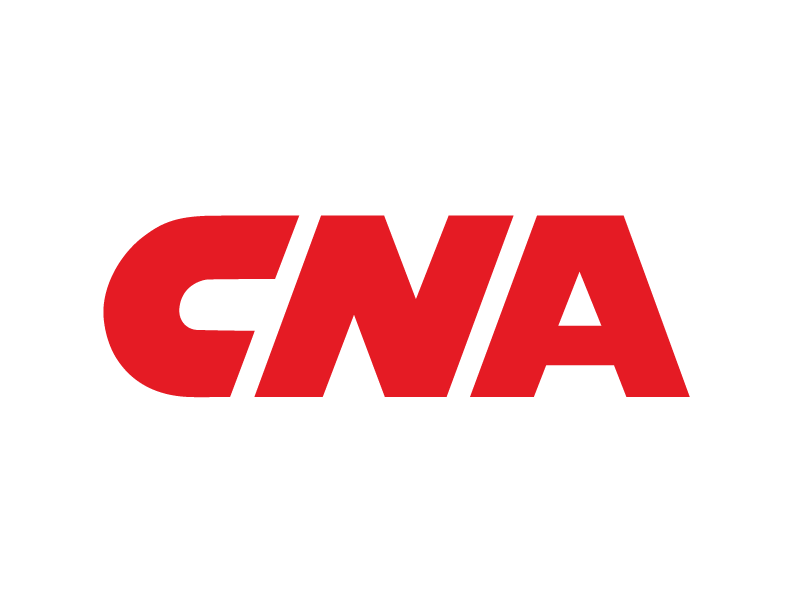Don’t Slip Up on Floor Safety: 3 Ways to Reduce Commercial Real Estate Claims
Owners of commercial real estate navigate a myriad of complex risks beyond typical property exposures. Slips and falls, for example, can happen anywhere and at any time. However, failing to take steps to protect employees, clients and visitors to your facility from these risks can lead to costly claims.
According to CNA claim data, slips and falls that result in general liability claims cost an average of $30,000, while workers' compensation claims average more than $26,0001. And while less common, in instances where a traumatic brain injury occurs, those claims can jump nearly 10 times those amounts.
However, by implementing several simple strategies as part of a slip and fall prevention program, you can save money and your company's reputation, as well as build up your vendor relationships. According to the findings of a recent CNA report, diligent attention to the care and maintenance of interior flooring surfaces is a critical component. In the study, Slip and Fall Study Report: Enhancing Floor Safety through Slip Resistance Testing, Maintenance Protocols and Risk Awareness, CNA Risk Control walkway specialists examined and tested hard surface flooring in commercial settings over a two-year period. Fifty percent of surveyed sites did not produce a dynamic coefficient of friction (DCOF) level, the measurement of a surface's slip resistance while walking on the floor surface, above the minimum threshold set by the American National Standards Institute (ANSI A326.3), leaving half of these facilities vulnerable to potential slip and fall claims2.
Ensuring that interior floors are properly cleaned and maintained may seem like table stakes for any well-defined safety and risk management program. But for owners/managers of Class A, Leadership in Energy and Environmental Design (LEED)-certified buildings, which commonly feature high-end flooring such as terrazzo or natural stone (marble, granite, limestone, etc.), those common protocols require a greater attention to detail. Under LEED certification, not only must you ensure that cleaning products and maintenance methods are eco-friendly, products must also be compatible with your facility's flooring materials. In fact, choosing the wrong cleaning agent and method for your flooring can be the direct cause of slip and fall accidents.
To ensure your commercial real estate facility is taking the proper steps to prevent slips and falls, consider the following three recommendations:
- Carefully select cleaning agents that are compatible with your flooring. When flooring is not cleaned and maintained according to manufacturers' recommendations, floor contaminates – i.e., gravels, water, dirt and cleaning particles – can layer over an original surface, rendering your slip resistant floor dangerous. While your terrazzo floors may look shiny and clean on the surface, they may actually be more slippery than before they were cleaned if you or your vendors have selected the wrong cleaning agent for the material.
Cleaning products are derived from four major categories: alkaline-based, acidic-based, pH neutral and microbial enzymatic. It is important to carefully read labels to understand what cleaning product pairs best with what type of floor. Terrazzo and natural stone, such as marble and granite, require a neutral pH-based agent and thorough rinsing. An acidic-based material can damage these floors and alkaline-based agents can convert contaminates into soap, resulting in a surface that is more slippery.
- Don't overlook the importance of choosing the right mop and technique. Cleaning equipment and method plays an equally important role in achieving ideal maintenance results. Mop design matters. With dry mopping, which is designed to pick up soils before adding liquid, microfibre mops are most effective and can be rinsed clean to extend their life. For wet mopping, a looped end mop will most effectively pick up floor contaminants and can be made with fibres locked into yarn that kill or stop the growth of bacteria, mold, mildew and yeast.
Pay close attention to the bucket you use. In the CNA study, commercial real estate facilities that failed slip resistance testing often had the presence of dirty water and dirty cleaning equipment brushes or did not use a recommended two-compartment mop bucket. Reusing the same bucket to clean multiple surfaces at your facility can lead to cross-contamination of cleaners that will leave residues that create slippery fall hazards.
- Vet your vendors and be sure they are aware of proper floor maintenance protocols. Choosing products and cleaning methods that are compatible with your flooring is only part of the equation. If you contract your cleaning services, it is critical that you take steps to ensure that you are protected if the vendor fails to follow the right protocols and an accident occurs, resulting in a costly claim. For many commercial real estate facilities, managing multiple contractual vendor relationships can be a challenge. Make sure you complete full background checks on all maintenance vendors to confirm they are financially stable, ethically sound and operate under a strong risk management structure. This includes having your legal representation review all vendor contracts to minimize your liability exposure, including making sure the necessary hold harmless agreements, waivers and certificates of insurance are in place. In addition, educate maintenance vendors to make sure they understand the appropriate floor cleaning products and methods that should be used for your flooring.
For more strategies on how to implement a slip and fall prevention program for your commercial real estate facility, such as regularly testing your floors for slip resistance and promoting awareness of potential hazards, download the study today.
1 Slip and Fall Study Report: Enhancing Floor Safety Through Slip Resistance Testing, Maintenance Protocols and Risk Awareness, page 6.
2 Slip and Fall Study Report: Enhancing Floor Safety Through Slip Resistance Testing, Maintenance Protocols and Risk Awareness, page 3.
In Canada, products and/or services described are provided by Continental Casualty Company, a CNA property/casualty insurance company. The information is intended to present a general overview for illustrative purposes only. Read CNA’s General Disclaimer.
